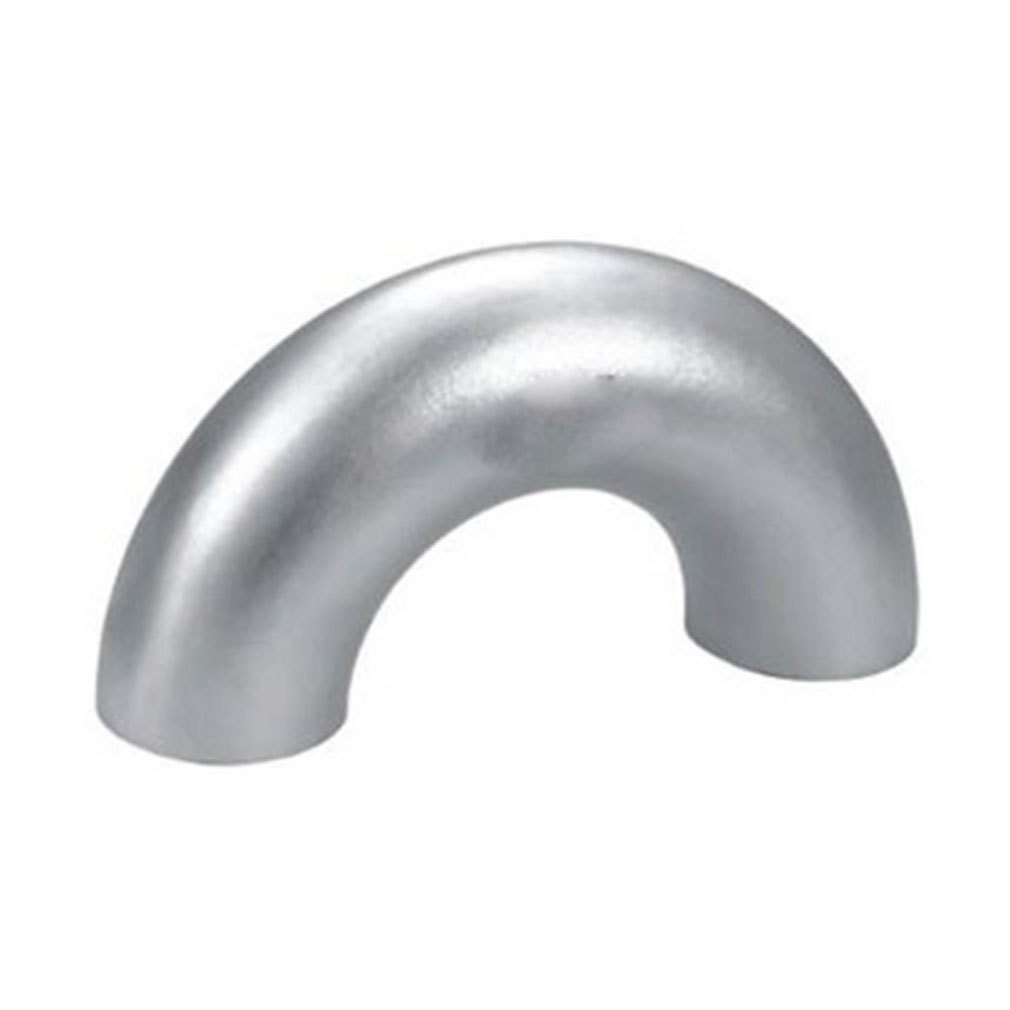-
Cangzhou Yulong Steel Co., Ltd.
-
Phone:
+86 13303177267 -
Email:
admin@ylsteelfittings.com
- English
- Arabic
- Italian
- Spanish
- Portuguese
- German
- kazakh
- Persian
- Greek
- French
- Russian
- Polish
- Thai
- Indonesian
- Vietnamese
- Zulu
- Korean
- Uzbek
- Hindi
- Serbian
- Malay
- Ukrainian
- Gujarati
- Haitian Creole
- hausa
- hawaiian
- Hebrew
- Miao
- Hungarian
- Icelandic
- igbo
- irish
- Japanese
- Javanese
- Kannada
- Khmer
- Rwandese
- Afrikaans
- Albanian
- Amharic
- Armenian
- Azerbaijani
- Basque
- Belarusian
- Bengali
- Bosnian
- Bulgarian
- Catalan
- Cebuano
- China
- China (Taiwan)
- Corsican
- Croatian
- Czech
- Danish
- Esperanto
- Estonian
- Finnish
- Frisian
- Galician
- Georgian
- Kurdish
- Kyrgyz
- Lao
- Latin
- Latvian
- Lithuanian
- Luxembourgish
- Macedonian
- Malgashi
- Malayalam
- Maltese
- Maori
- Marathi
- Mongolian
- Myanmar
- Nepali
- Norwegian
- Norwegian
- Occitan
- Pashto
- Dutch
- Punjabi
- Romanian
- Samoan
- Scottish Gaelic
- Sesotho
- Shona
- Sindhi
- Sinhala
- Slovak
- Slovenian
- Somali
- Sundanese
- Swahili
- Swedish
- Tagalog
- Tajik
- Tamil
- Tatar
- Telugu
- Turkish
- Turkmen
- Urdu
- Uighur
- Welsh
- Bantu
- Yiddish
- Yoruba

Oct . 14, 2024 19:05 Back to list
Exploring the Features and Benefits of the X52 PSL2 Technology
Understanding the X52 PSL2 A Comprehensive Overview
In the realm of high-performance composite materials, the X52 PSL2 standard has emerged as a crucial specification for the manufacturing and testing of pipes, particularly those utilized in the oil and gas industry. This article delves into the intricate details of X52 PSL2, its importance, and implications in modern engineering applications.
What is X52 PSL2?
The X52 designation is part of the American Petroleum Institute's (API) specification, specifically API 5L, which outlines the requirements for line pipe used in the transportation of oil and gas. The X followed by a number typically refers to the yield strength of the material in thousand pounds per square inch (psi). Therefore, X52 indicates that the pipe has a minimum yield strength of 52,000 psi.
The PSL (Product Specification Level) is divided into two categories PSL1 and PSL2, with PSL2 being the more stringent of the two. PSL2 pipes must meet additional criteria regarding chemical composition, mechanical properties, and other testing standards, thereby ensuring better performance in critical applications.
Why is X52 PSL2 Important?
1. Enhanced Mechanical Properties One of the primary reasons why X52 PSL2 is favored over lower specification levels is its superior mechanical properties. With higher yield and tensile strength, it can withstand the harsh conditions found in offshore drilling and transportation environments.
2. Corrosion Resistance In any pipeline scenario, especially in the oil and gas sector, exposure to corrosive environments is inevitable. X52 PSL2 specifications often require specific chemical compositions that enhance resistance to corrosion, ensuring longevity and safety of the pipes.
3. Weldability The PSL2 pipes are designed to be easily weldable, which is essential for constructing long spans of pipelines. The criteria established in PSL2 enhance the weldability of materials, reducing the risk of weld failures which can lead to catastrophic accidents.
x52 psl2

4. Quality Assurance The stringent testing requirements outlined in the PSL2 standards reassure stakeholders of the reliability and safety of the materials being used. These tests often include non-destructive examination methods, ensuring that even the slightest defects are detected before installation.
Applications of X52 PSL2
X52 PSL2 pipes are commonly used in various applications, particularly in the oil and gas industry. They are essential in transporting both natural gas and crude oil through pipelines that often span thousands of miles. Beyond petroleum, these pipes can also be implemented in the construction of water transportation systems, especially in regions where the water supply requires durable and long-lasting materials.
Regulatory Compliance and Industry Standards
Compliance with industry standards is crucial when it comes to pipeline manufacturing and installation. The use of X52 PSL2 pipes is often mandated by governmental and regulatory bodies to ensure that oil and gas companies adhere to safety and environmental regulations. This compliance not only ensures the integrity of the pipeline but also minimizes the risk of environmental disasters due to leaks or failures.
Conclusion
The X52 PSL2 standard represents a significant advancement in pipeline technology, offering enhancements in yield strength, corrosion resistance, and weldability. As industries continue to evolve and face new challenges, standards such as X52 PSL2 play a vital role in ensuring the safety, reliability, and effectiveness of key infrastructures in oil and gas operations.
In today’s world, where environmental concerns are paramount, the importance of using high-quality materials like X52 PSL2 cannot be overstated. By adhering to such stringent standards, companies can not only protect their investments but also make strides toward sustainable practices in resource extraction and transportation. As technology and methods continue to advance, the role of standards like X52 PSL2 will only become more central in ensuring safe and efficient operations across various industries.
Latest news
-
ANSI 150P SS304 SO FLANGE
NewsFeb.14,2025
-
ASTM A333GR6 STEEL PIPE
NewsJan.20,2025
-
ANSI B16.5 WELDING NECK FLANGE
NewsJan.15,2026
-
ANSI B16.5 SLIP-ON FLANGE
NewsApr.19,2024
-
SABS 1123 FLANGE
NewsJan.15,2025
-
DIN86044 PLATE FLANGE
NewsApr.19,2024
-
DIN2527 BLIND FLANGE
NewsApr.12,2024
-
JIS B2311 Butt-Welding Fittings LR/SR 45°/90° /180°Seamless/Weld
NewsApr.23,2024











